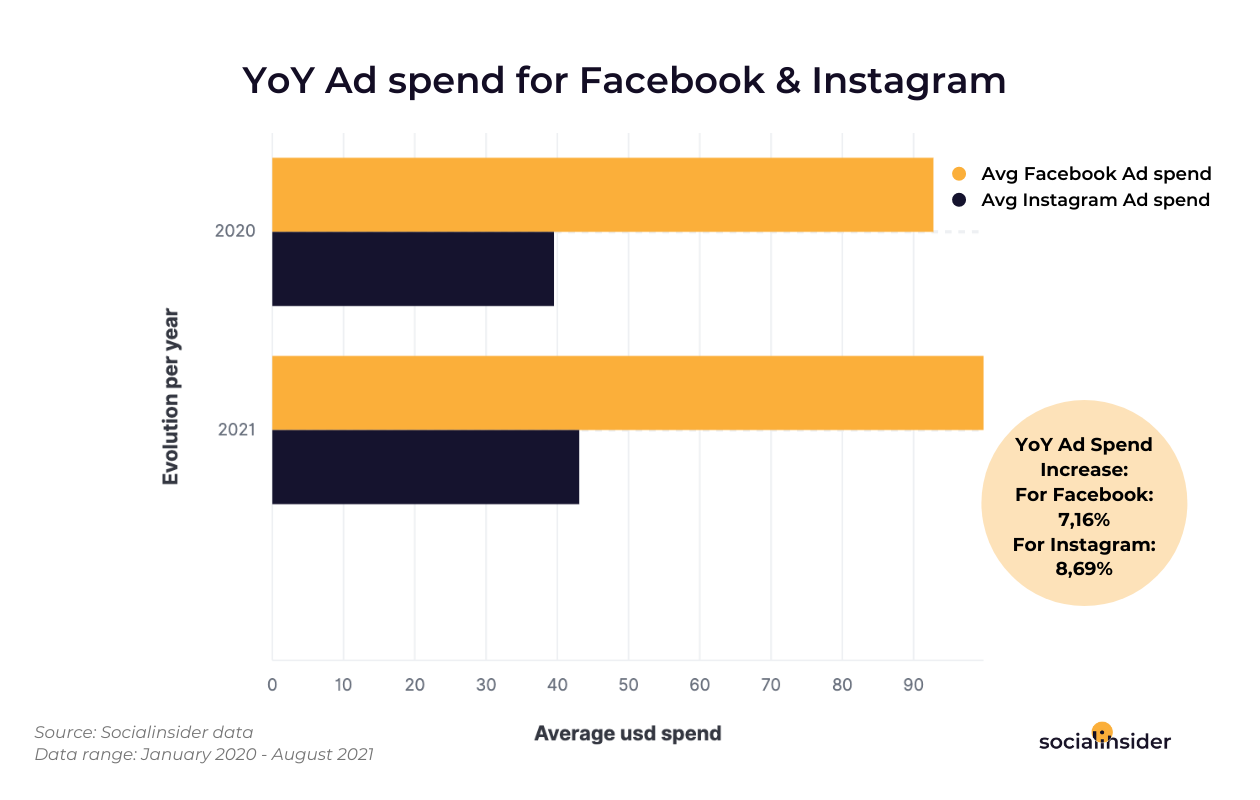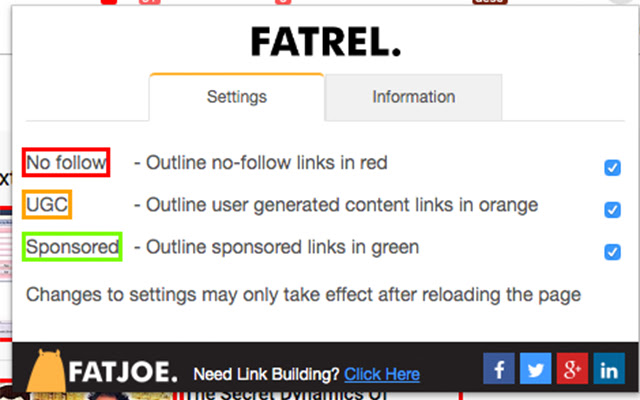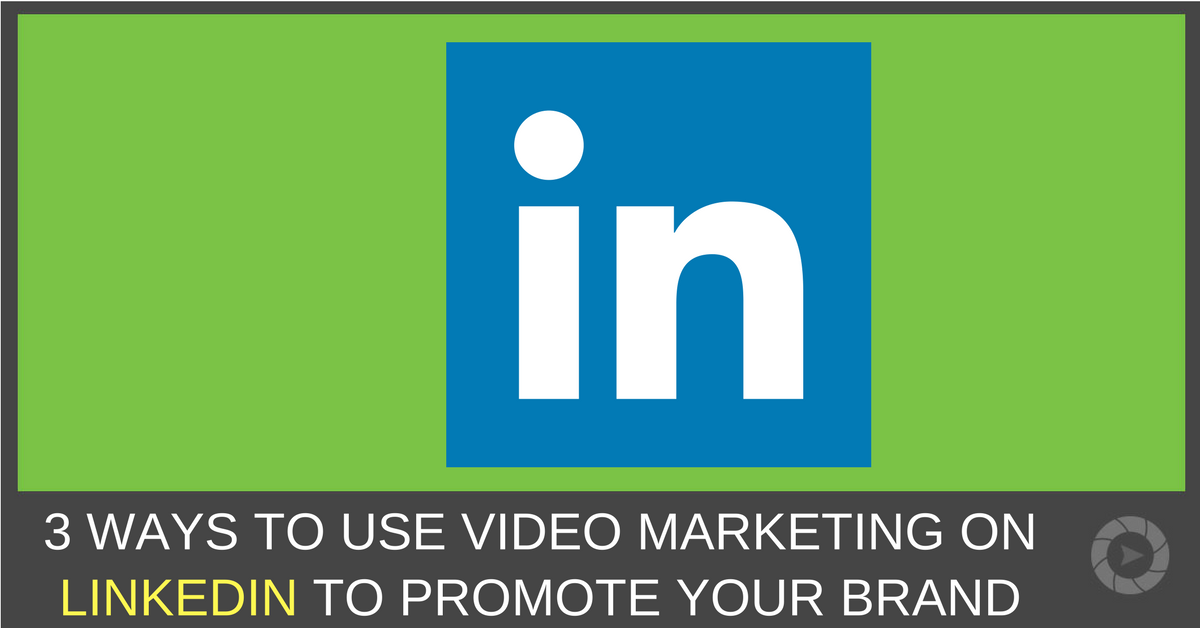
Are you interested to become a masterclass director of creative? These are only a few requirements for being a great creative leader. You must have strong visual skills and cross-functional creative solutions. You should also have an understanding of the significance of the Art Director role. This article will assist you in making a decision about whether to attend the Masterclass. Here are the benefits of doing so.
Art director
MasterClasses could be the perfect opportunity for you if you are a creative director looking for a new job. The company has launched a new campaign with Anna Wintour that showcases their latest creative across print as well as out-of–home media and digital. The campaign designs are inspired by the Masterclass tips that Wintour shared. Tyler Mitchell took the photographs and designed the campaign's look.
This course teaches the fundamentals of art direction from the perspective of an account manager. This course is for both new and experienced professionals. Students will learn the importance of the relationship between these two roles and how to effectively sell art direction. This course covers eight fail-safe guidelines to help students succeed. This course will help you make art direction more saleable.

Cross-functional creative ideas
A Masterclass creative director provides cross-functional solutions for the entire team and can effectively communicate a common vision. The common vision of the project must be communicated in its entirety, from concept to delivery. The weekly celebrations board communicates milestones to the team and celebrates success. The board also helps to manage project needs, with team members aligned into a single chat group and resources called upon as needed.
Masterclass visual brand managers are responsible for overseeing visual branding in the MasterClass organization. These include online marketing, in-store training, and even online marketing. Their comprehensive vision will guide MasterClass branding and develop fresh ideas into actionable concepts. Working across marketing and product teams, they will be responsible for working with cross-functional teams and conceptualizing new ideas. They will also play a leadership role in the company by managing and mentoring employees. They are valuable assets in the company. Because they understand the needs and cultures of each team member, they can help build a distinctive brand.
Strong visual portfolio
Creative directors should have strong visual portfolios and a creative philosophy. Students should learn how to use balance and visual composition in art direction classes. Your visual portfolio should show examples of your work and showcase cross-functional creative solutions. Furthermore, art direction masterclasses should teach students how important it is to understand the role of tone, composition, execution, and proper execution.
Account management skills
The masterclass is for creative directors and account managers. It covers the roles of account management and art direction as well as practical learning and selling one’s creative vision. Eight rules for selling art directions are among the many methods discussed. These rules were created to make both disciplines more effective together. These are my top tips that will make account management simple.

o Be open and honest with your views: As account manager you must be open and honest with your opinions. You can share your ideas and thoughts with clients, especially if they are the most valuable. Share anything that will help your agency win the client's business. Be open to the viewpoint of others, whether you're a creative executive or an account executive.
FAQ
What should you know about internet marketing?
Internet advertising has become an integral part any business strategy. It allows companies to reach potential customers at low costs. There are many options for internet advertising. Some are free, while others require payment.
There are also several ways to advertise on the internet, including banner ads, pop-up ads, search engine optimization (SEO), pay-per-click (PPC) advertisements, social media marketing, e-mail marketing, and mobile marketing. Each method comes with its own set of advantages and disadvantages.
What is an ad-campaign?
A campaign is a series advertising messages that are designed to promote a product. This could also include the entire production of these ads.
"Ad" is a Latin word that means "to sell." The first known use was by Marcus Terentius Varro (116-27 BC), who used it as a verb meaning "to make a sale."
Advertising campaigns are usually done by large companies and agencies. There may be many media types involved, including print and television as well as radio, TV, and internet.
Advertising campaigns are typically long-lasting and have clear goals. Advertising campaigns can have different goals. Some are focused on increasing sales while others generate awareness.
What is the cost of advertising on social media?
If you decide to go this route, you should know that social media advertising is not free. You'll be charged monthly according to how long you spend on each platform.
Facebook - $0.10 Per 1,000 Impressions
Twitter - $0.20 Per 1,000 Impressions (if you tweet).
Linkedin - $0.30 for 1,000 impressions if your send out invitations
Instagram - $0.50 for 1,000 impressions
Snapchat – $0.60 per 1,000 impressions ($0.40 for each user)
YouTube – $0.25 per 1000 views
Tumblr $0.15 for 1,000 impressions text posts
Pinterest - $0.05 per 1,000 impressions per month
Google+ - $0.15 to $0.0.20 per 1,000,000 impressions
Tumblr $0.15- $0.20 for 100,000 impressions
Vimeo - $0.20 to $0.25 per 10,000 impressions
Soundcloud – $0.20-$0.25 for 1 million plays
StumbleUpon - $0.20 -$0.25 per 1 billion pageviews
Digg - $0.20 - $0.25 per 1000 diggs
Reddit – $0.20-$0.25 Per 1000 Comments
Wordpress - $0.20 to-$0.25 for 500 comments
Flickr - $0.20 -- $0.25 per 5,000 photo uploads
Is it possible for traffic to be free?
Refers to traffic that comes from organic search results, without the need for advertising. This traffic is known as natural or organic traffic. You can get traffic free of charge by using article marketing, social media marketing and blogging.
Article Marketing is a popular way to get traffic for free. It has an extremely low cost-per-click (CPC). Paid ads have a higher CPC, but the CPC is typically much lower than paid ads. Article marketing is also known as content marketing.
Social Media Marketing - Social media sites like Facebook, Twitter, and LinkedIn allow you to promote your business through advertising. These sites allow you to update, share photos, and develop relationships with people who could become customers. Many businesses decide to purchase advertising space on social media sites to reach a wider audience and at a much lower cost.
Blogging - Another great way to generate traffic is blogging. You'll attract visitors if you write quality content that people enjoy reading. Once your blog is attracting visitors, it's possible to make money from it by selling products and/or services.
Email Marketing - Email marketing has been around since the early days of the Internet, but today it still remains one of the best ways to drive traffic to your website. It is a great way to increase your subscriber base and sell products.
What should you know about printing advertising?
Print advertising is a great medium to communicate with customers. Print advertising is used by many companies to promote their products and services. The main goal is to catch the attention and buy from the consumer.
Print ads are usually one page in length and can include text, images and logos. These ads may include sound, animation and video as well as hyperlinks.
Here are the main types and classifications of print advertising:
1. Brochures – These are large format printed pieces that are intended to draw people into stores. They are often filled with colorful images and catchy designs.
2. Catalogues – These are smaller versions to brochures. These are often sent to customers who have asked for information on particular items.
3. Flyers - These small pieces of paper are distributed at events like fairs and concerts. They are generally free but must be paid for if they are handed out at retail outlets.
4. Posters - These flyers can be larger than the ones you see on the flyer. They are displayed on walls, fences, and buildings. They are typically created using computer software programs that aim to attract the attention of passersby.
5. Direct mail - These are letters or postcards that are sent directly to potential customers. These cards are sent by companies periodically to remind their customers about their company.
6. Newspaper Ads – These are ads that appear in newspapers or magazines. They can be quite lengthy and often include text as well as images.
What are the basics of television advertising?
Television advertising is a powerful medium to reach many people at one time. It was also quite expensive. However, it can be powerful if you use the device correctly.
There are many different types of TV ads, but they all have certain common characteristics. The first thing to remember when planning any type of TV ad is to ensure it fits into its category. You shouldn't attempt to make a lifestyle commercial the same as a product ad. Your message should stay consistent throughout the campaign.
A second important thing to keep in mind is that prime-time hours is the best time to air ads. This is because TV viewers often relax while in front of the screen. You want them relaxed enough that they can focus on you words.
Finally, just because you've a lot of money doesn't mean you'll get great results. It may be the reverse. According to a University of California study, commercials that aired on popular TV shows had lower sales than those that aired on unpopular programs. It is important to do the right thing if your TV advertising budget is large.
How can I select my target audience?
Begin by talking to yourself and people close to you. You might be unsure where to begin. Ask yourself: "Whom am I trying to reach?"
Ask yourself these questions: Who are the most influential people in my industry? What are the problems they face daily? Which people are the most intelligent in my industry? You can find them online.
Return to the beginning. Why did you begin? What problem were you able to solve and how did this happen?
These answers will allow you to determine who your ideal customers are. These answers will help you understand your ideal clients and what motivates them to buy from you.
For clues on who your competitors cater to, check out their websites and social media pages.
Once you have identified the target customers, it is time to decide what channel(s) you want to use to reach them. For example, if your company provides services to real estate agents, you might create an informational website targeting home buyers.
If you provide software to small businesses, you could develop a blog targeting those companies' owners.
A Facebook page for teens could be set up if you are a clothing seller. You could also set up a Twitter account if your restaurant is a business owner to help parents find kid-friendly restaurants.
It is important to remember that there are many methods of getting your message across.
Statistics
- Advertising's projected distribution for 2017 was 40.4% on TV, 33.3% on digital, 9% on newspapers, 6.9% on magazines, 5.8% outdoor, and 4.3% on radio. (en.wikipedia.org)
- This means that at least 50% of an ad needs to be shown on the screen for at least one second. (quicksprout.com)
- Google will display whichever ad type (CPM or CPC) is expected to earn more revenue for the publisher, which is in Google's best interest since they take a 32% share of the revenue. (quicksprout.com)
- Advertising spending as a share of GDP was about 2.9 percent. (en.wikipedia.org)
External Links
How To
How to Advertise on Facebook
Facebook is the most popular social network worldwide. Facebook is used daily by approximately 1 billion people every month. Facebook is therefore one of largest companies worldwide. Facebook's unique features like chat, video calls and games are what make it so popular. People who have Facebook accounts can upload photos, make comments, send emails, view videos and even play games. Facebook also offers the opportunity for businesses to market themselves by placing advertisements. These advertisements can include text ads (banner ads), banner ads, sponsored stories or promoted posts.
Facebook advertising is available in two primary ways. One way is to pay for advertising. Another option is to use free advertising. Below, we will show you how to do both of these things.
How to advertise on Facebook through paid options
Paid advertising on Facebook is done by paying Facebook directly for each impression. You can pay either monthly or annually. There are various types of paid advertising on Facebook. These include:
Text ads: These are similar in appearance to regular texts ads. Text ads appear above or under the feed, instead of next to newsfeed items.
Banner ads can be large rectangular images that fill up entire screens. They typically advertise an offer, or a product.
Promoted Posts - Similar to regular posts, they appear at the top of the newsfeed. Businesses frequently use promoted posts in order to promote their products.
Sponsored Stories – These stories are short and relevant that appear at top of users' feeds. These stories are paid by brands and businesses seeking to reach potential customers.
Advertising using Free Options
Facebook offers free advertising. These include text ads (banner ads), banner ads, promoted post, sponsored stories and other forms.
However, unlike regular Facebook, you cannot create a custom audience when doing free advertising. You cannot target people based upon their gender, age, location, language or interests.
How to get started with advertising on Facebook
The first thing you need to do if you want to start advertising on Facebook is to sign up for an account. Once you have created an account, you can access all available tools. Follow the below steps to set-up your account.
-
Click "Create an entirely new ad group."
-
Add a name to your ad-set.
-
Select the type of advertisement you would like to place (text, image, video).
-
Select which locations are you interested in.
-
Determine the budget amount.
-
Select Facebook Audience Network if you are using it.
-
Click "Next Step"
-
Click "Review" and then click "Continue".
-
You can review your selections before you click "Continue".
-
Fill out any additional information.
-
Click "Save changes."
-
Before you start your campaign, wait until your ad campaigns have expired.
-
After the campaign has ended click "View Ad Statistics".
-
See the results of your campaigns.
-
Repeat steps 13-16 until you find the best settings for your business.
-
Advertise now!